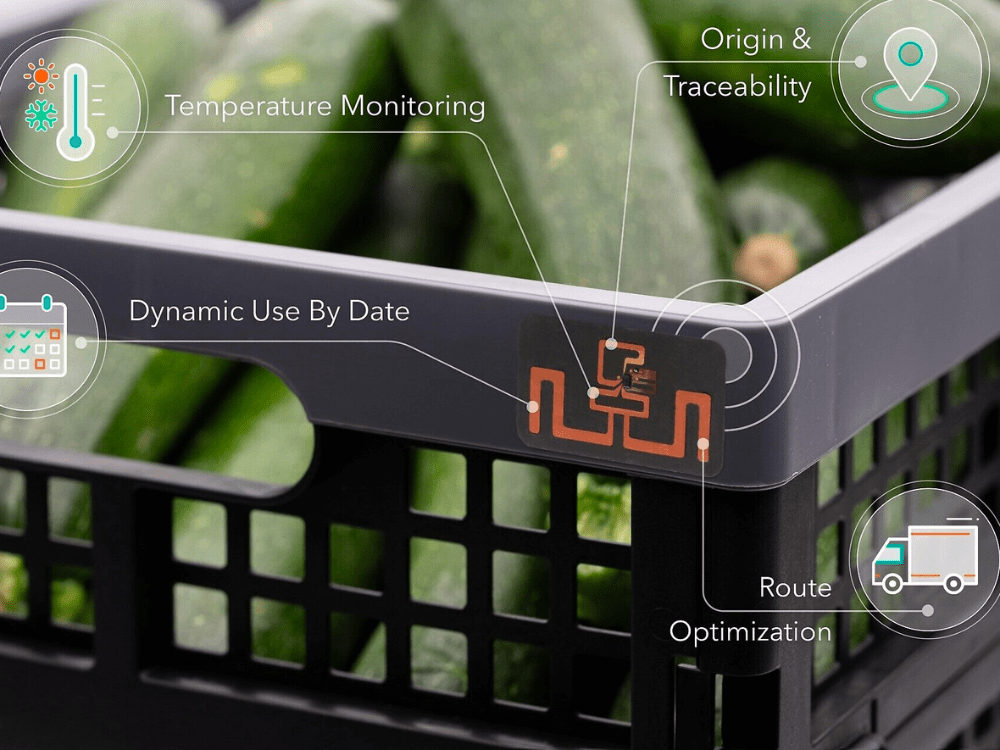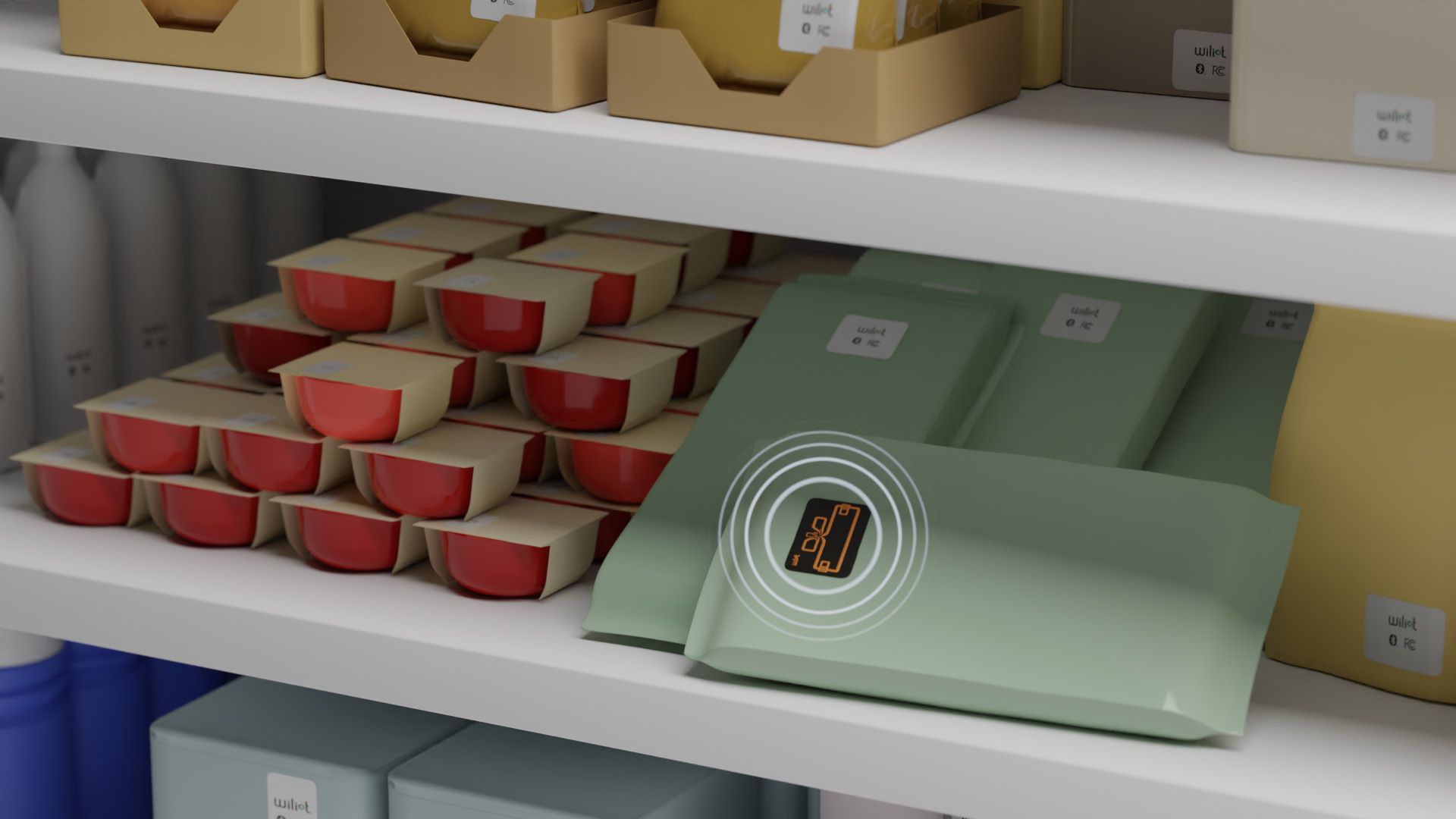- Frank Yiannas, the former Food and Drug Administration (FDA) deputy commissioner of food policy and response, has joined Internet of Things (IoT) company Wiliot as strategic advisor.
- Often called “the architect of FDA’s food traceability rule,” Yiannas will provide guidance on Wiliot’s strategy to increase food safety and traceability via its ambient IoT platform.
- He will also educate the markets on how to leverage ambient IoT to comply with the FDA’s food traceability rule, the Food Safety and Modernization Act’s Rule 204.

‘The Achilles heel’ of the food system
Food traceability is “the Achilles heel of today’s modern food system,” Yiannas tells AgFunderNews.
“Today’s food system is huge, interconnected, but it’s also distributed and decentralized,” he notes. “Therefore, when there’s a foodborne outbreak or scare, it’s often hard to quickly trace back to the source of the contamination or problem.”
Because of this traceability problem, products that should get pulled from store shelves often wind up on consumers’ plates. On the other flip side, outbreaks can lead to sweeping recalls that require regulators to pull products that might not be affected.
A quick scan of the FDA’s most recent recalls shows the myriad of ways in which food could be compromised: “potential salmonella contamination,” “may contain aflatoxin,” and “may contain lead” are just a few of the reasons for pulling products.
Yiannas suggests that implementing better visibility into the food system with technology — ambient IoT specifically — could yield huge benefits for society along with return on investment for companies.
“Before we issued a final food traceability rule at FDA, we had to do a very thorough cost-benefit analysis of the rule itself,” he says. “That analysis, which you can find in the rule, clearly showed that on food safety alone (preventing illness and the costs associated with them) there’s a strong return on investment for society at large.
“However, if you think of all of the other benefits that can be achieved through better visibility, such as supply chain efforts, deterrence of food fraud, enhanced sustainability, and more, I’m convinced that better food traceability will take cost out of the food system.”
This is what led Yiannas to join Wiliot as a strategic advisor.
“I see the potential in the very innovative way in which they’re aiming to bring monitoring and sensing of all things to life in an innovative and cost-effective way that I believe holds the keys to allowing these types of solutions to scale.”

Ambient IoT’s promise
The FDA’s food traceability rule was published in November 2022 after years of anticipation. In a nutshell, the rule requires food and beverage manufacturers, processors, packers and others to follow certain “traceability recordkeeping requirements” for items included on the FDA’s food traceability list. The list currently includes cheese, many fish types, produce and a numerous other food items.
It sounds great on paper, but the task of implementing such granular traceability is staggering for many companies.
Enter ambient IoT, where every item in a large network of objects is connected to a wireless sensor network. In a post from last year, Wiliot called it “not just the world of connected computing or expensive items, but rather the connectivity of every item that can benefit from knowledge of its location, condition, or state.”
In the food world, that’s the endless number of food and beverage items in grocery stores, foodservice outlets and other channels.
Wiliot makes a battery-free, sticker-like device called “IoT Pixels.” These attach to food products or packaging, connecting that item to the internet. IoT Pixels uses commodity Bluetooth radios instead of RFID tagging to connect and track items.
Once attached, products push out “item or case-level information about their location, temperature, carbon footprint, and more,” according to the company. This provides food companies with the kind of granular, real-time data required by the new food traceability rule.
“One of the biggest challenges is the concern over the amount of labor needed to trace food pallets or cases to a retail store or food service location,” says Yiannas.
“Today, traceability of foods is often lost post-distribution level, because it’s rare for foodservice or retail establishments to capture traceability information as products get received at points of service. The beauty of Wiliot’s IoT Pixels is that it allows this data capture to occur in a low-labor and cost-effective way.”
Wiliot says it already works with “some of the world’s largest food retailers and companies on ambient IoT projects that ensure FSMA Rule 204 compliance.” Yiannas’ appointment as strategic advisor will accelerate such initiatives.

What food companies can do now
Meanwhile, Yiannas has many suggestions for food companies to take action before the food traceability rule’s compliance date in January 2026, which he says “will be here before we know it.”
First, companies should review the rule and “gain a better understanding of what’s required and what the rule might mean to them, the products they produce, and their business.”
After that, companies will need to benchmark and collaborate with others, since “it’s a shared food system and shared responsibility, and others may have good ideas.” As one example, Yiannas mentions industry consensus standards such as GS1, which enables data to translate in a common digital language across the supply chain.
“If adhered to, [this can] already put an organization well on its way towards compliance.”
Finally, companies must evaluate emerging technologies and the role they can play in boosting compliance with the new rule.
“I’m convinced [technology like Wiliot’s] will allow companies to capture the required information (and even more data attributes than are required by the rule) in a low-labor model and cost-effective way that will allow companies to conform to the food traceability rule in a way that adds value beyond mere regulatory compliance,” says Yiannas.
“Ultimately, better food system transparency will be good for food producers, consumers, regulators, and the planet.”



